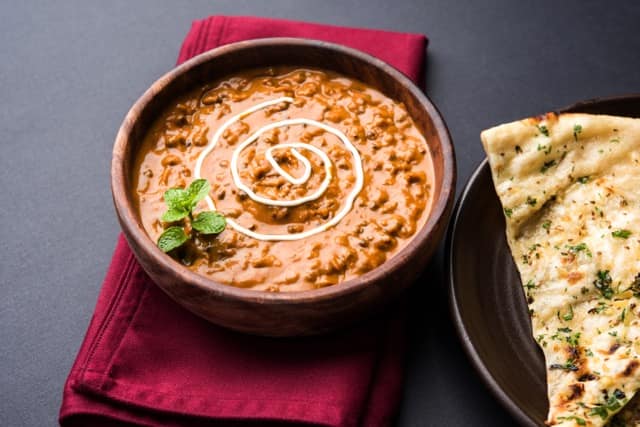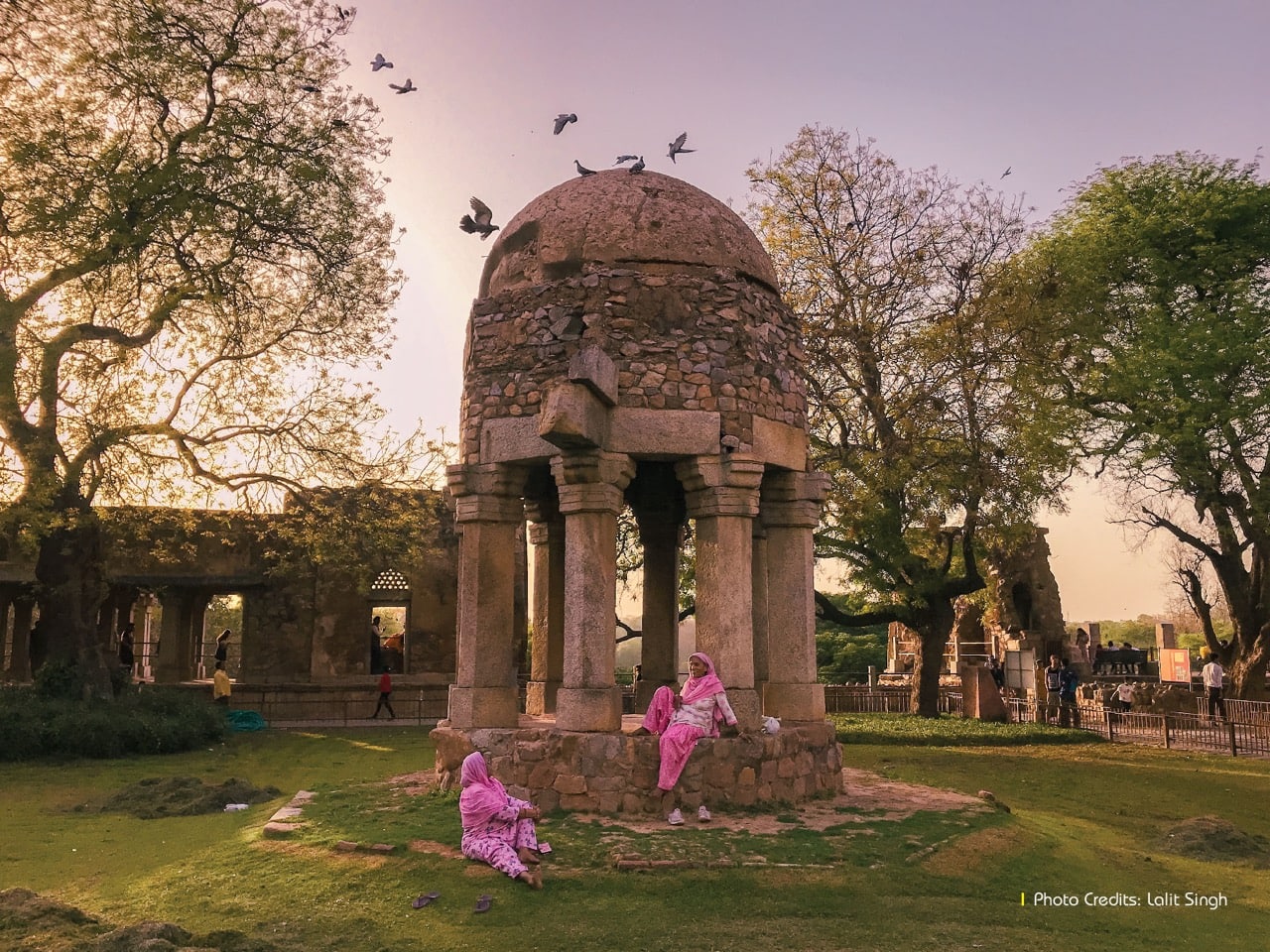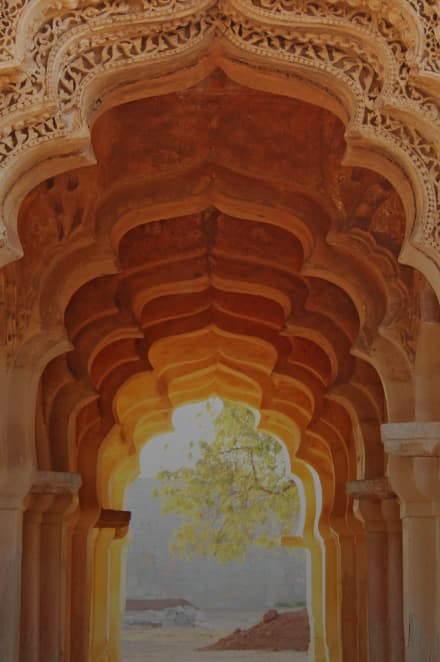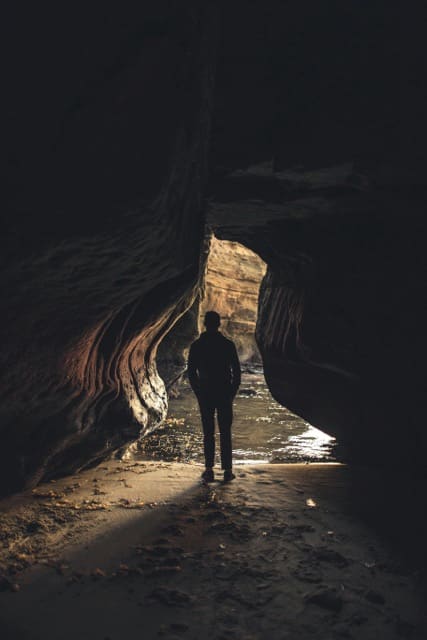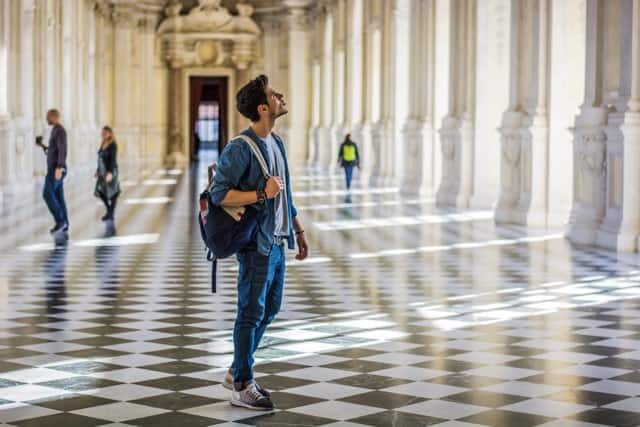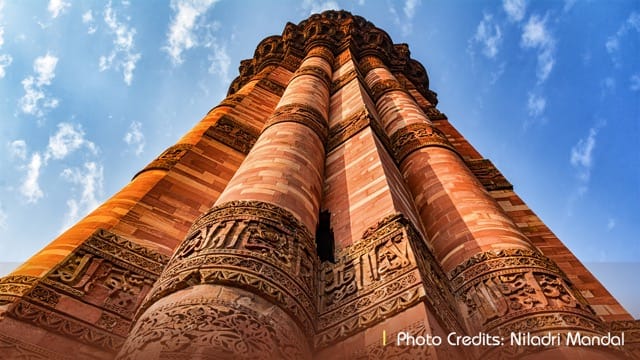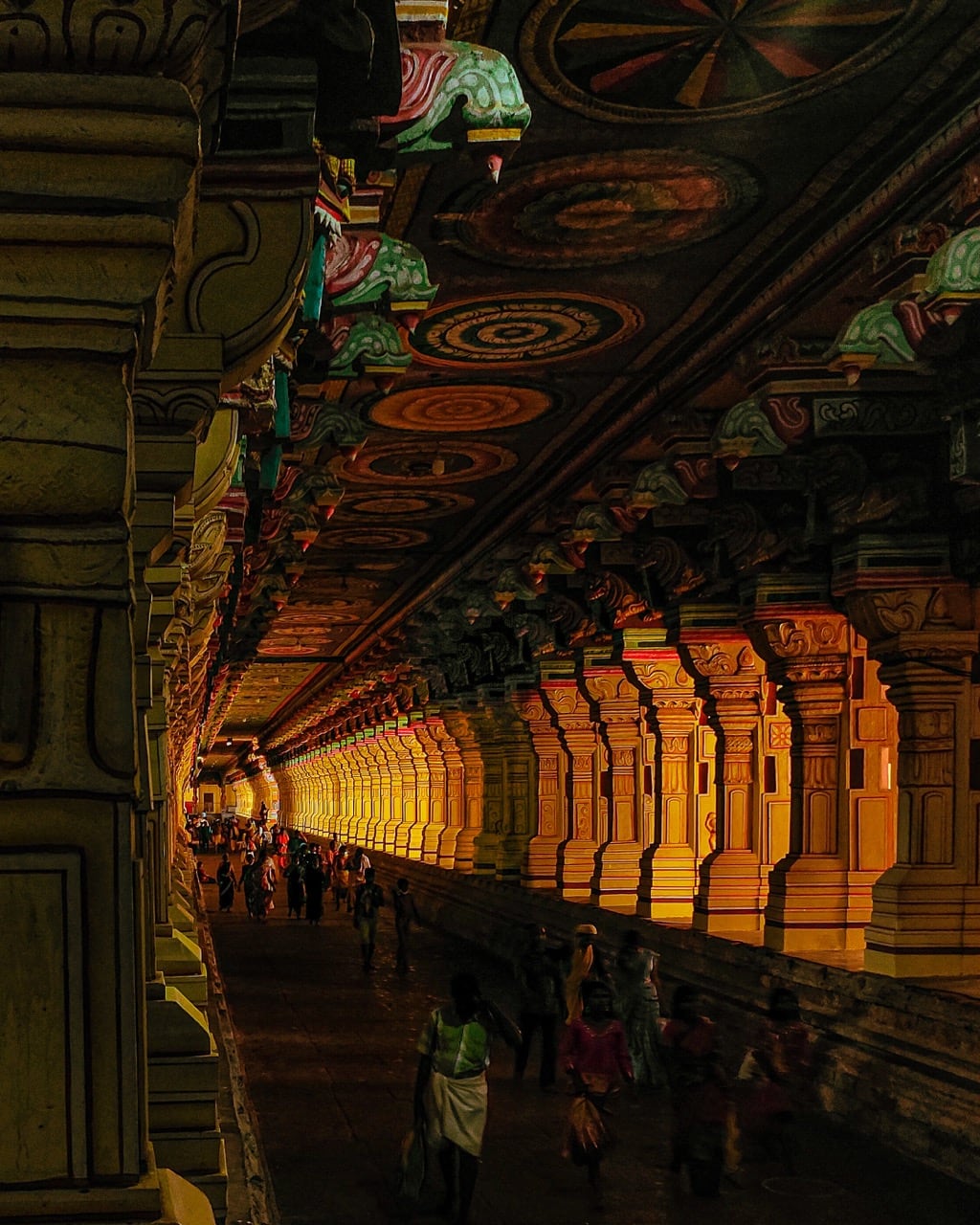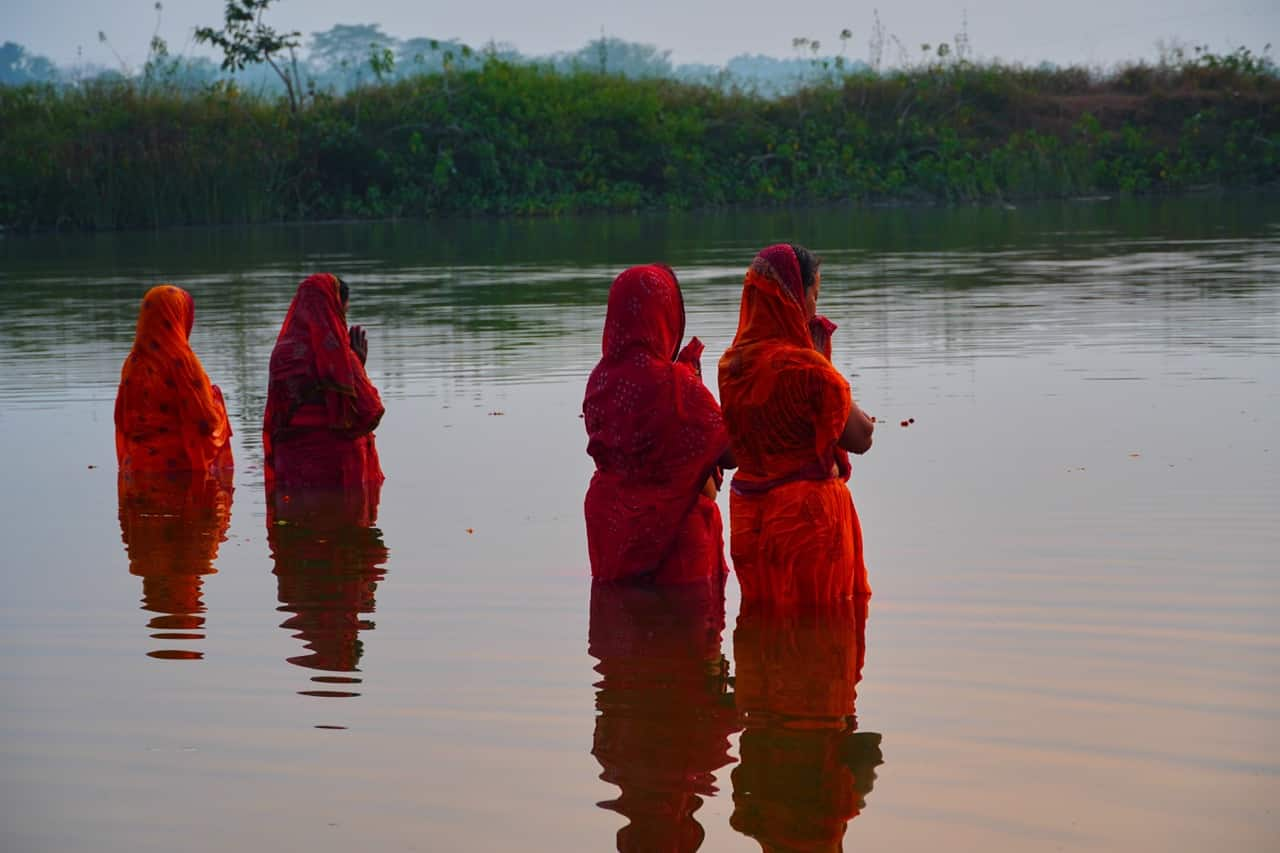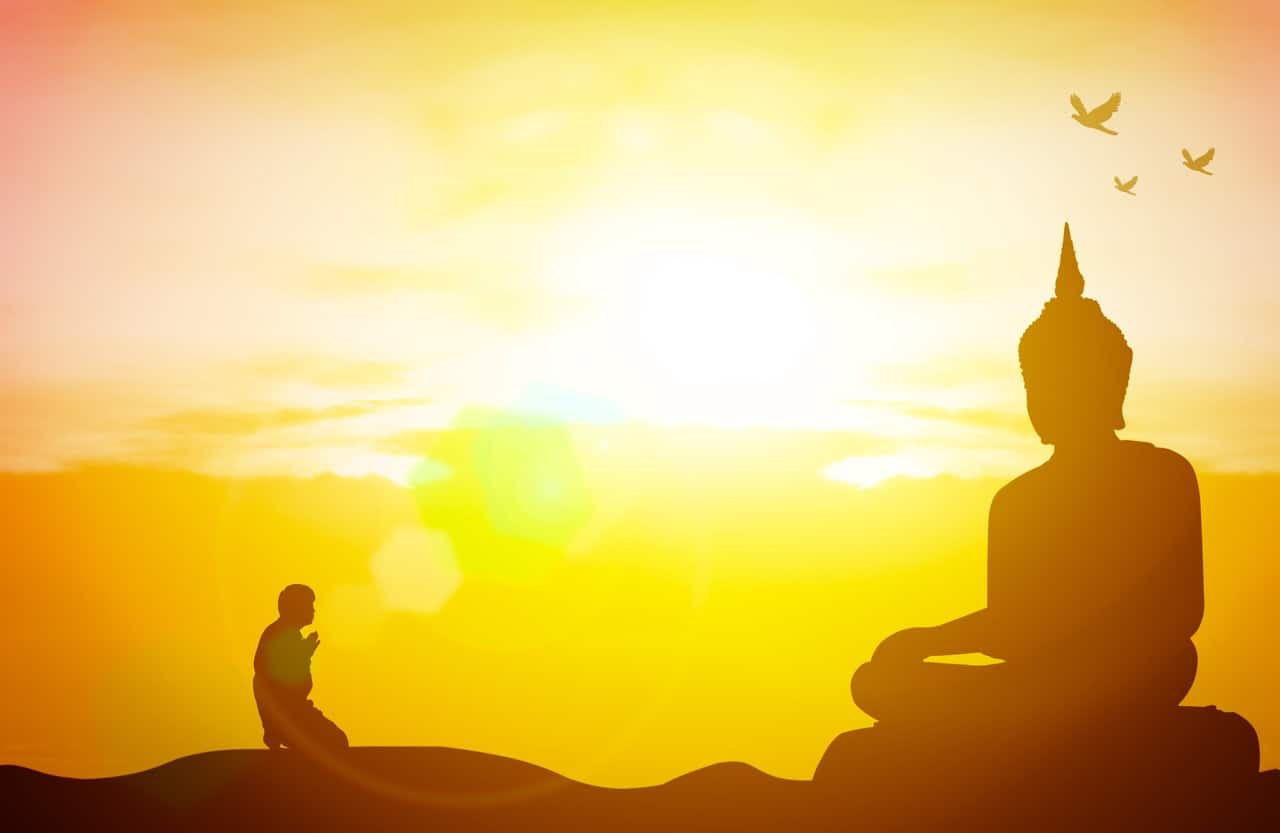Situated in the state of Bihar, Gaya holds a special place in the hearts of pilgrims and history enthusiasts. The sacred town is renowned for its connection to Buddhism. The Mahabodhi Temple, a UNESCO World Heritage Site, stands tall as a symbol of spirituality, drawing devotees from around the globe. Influenced by its diverse cultural heritage, Gaya tourism not just includes sites to visit but a delectable cuisine that combines Bihari, Mughlai, and vegetarian dishes, creating a delightful culinary journey. This Gaya travel guide invites you to embark on a journey of both spiritual and historical significance.
How to reach Gaya:
- By air:Gaya International Airport (GAY) is located about 5 km from the city centre. The airport is a crucial gateway with two terminals, offering domestic and limited international flights to Gaya.
- By train: Gaya Junction is the city's primary railway station and a significant railway hub in Bihar. Several express and superfast trains provide efficient rail connectivity. The railway station is situated approximately 7 km from the heart of Gaya.
- By road: Gaya enjoys well-established connectivity with national highways and state roads. The city is accessible by buses, private vehicles, and taxis. The Gaya Bus Stand is the central terminal for state-run and private bus services.
- Getting around in Gaya: Exploring Gaya and its surrounding areas is facilitated by various transportation options. Cycle rickshaws offer convenience when navigating markets or narrow lanes. Given the city's religious significance, many places are easily accessible on foot.
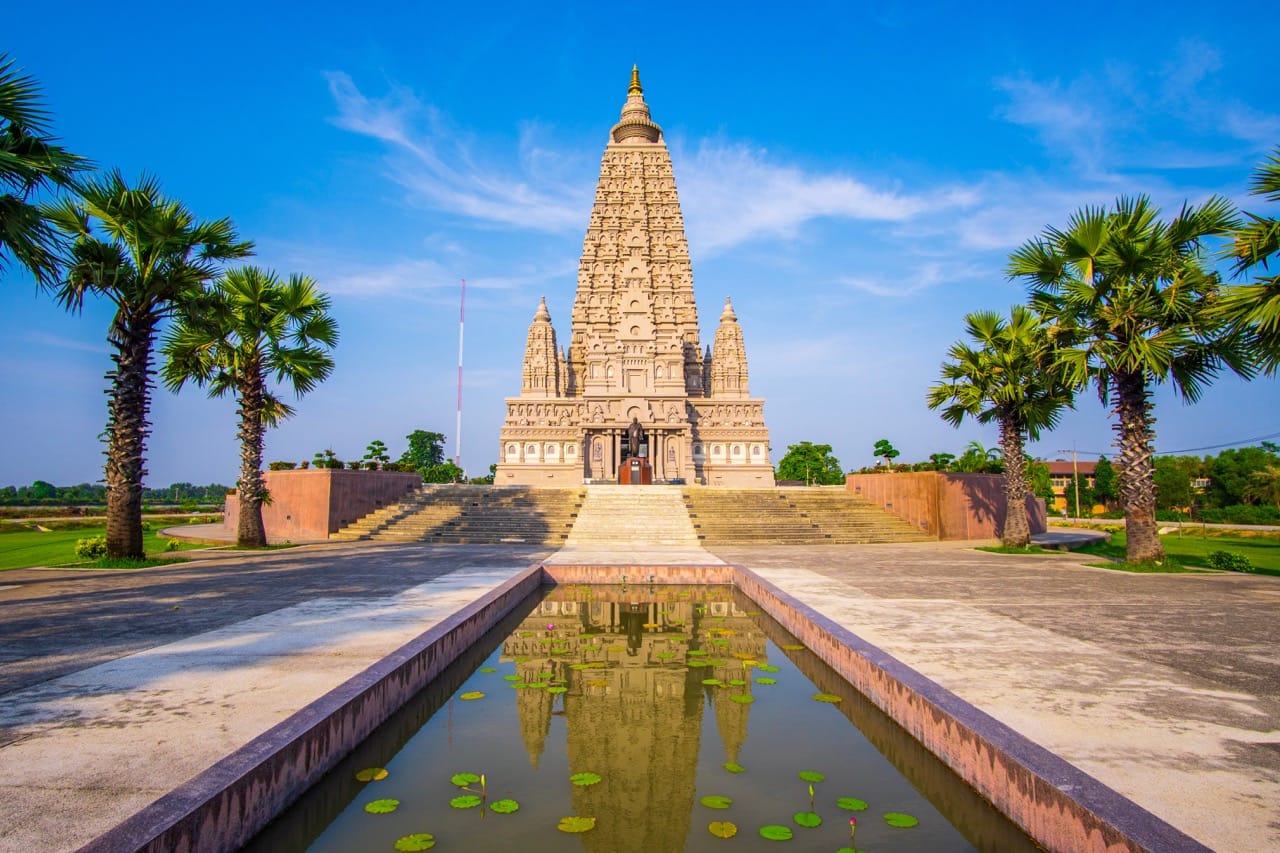
Mahabodhi Temple
A UNESCO World Heritage site, it marks the spot where Lord Buddha attained enlightenment.
Experience Time: 2-3 hours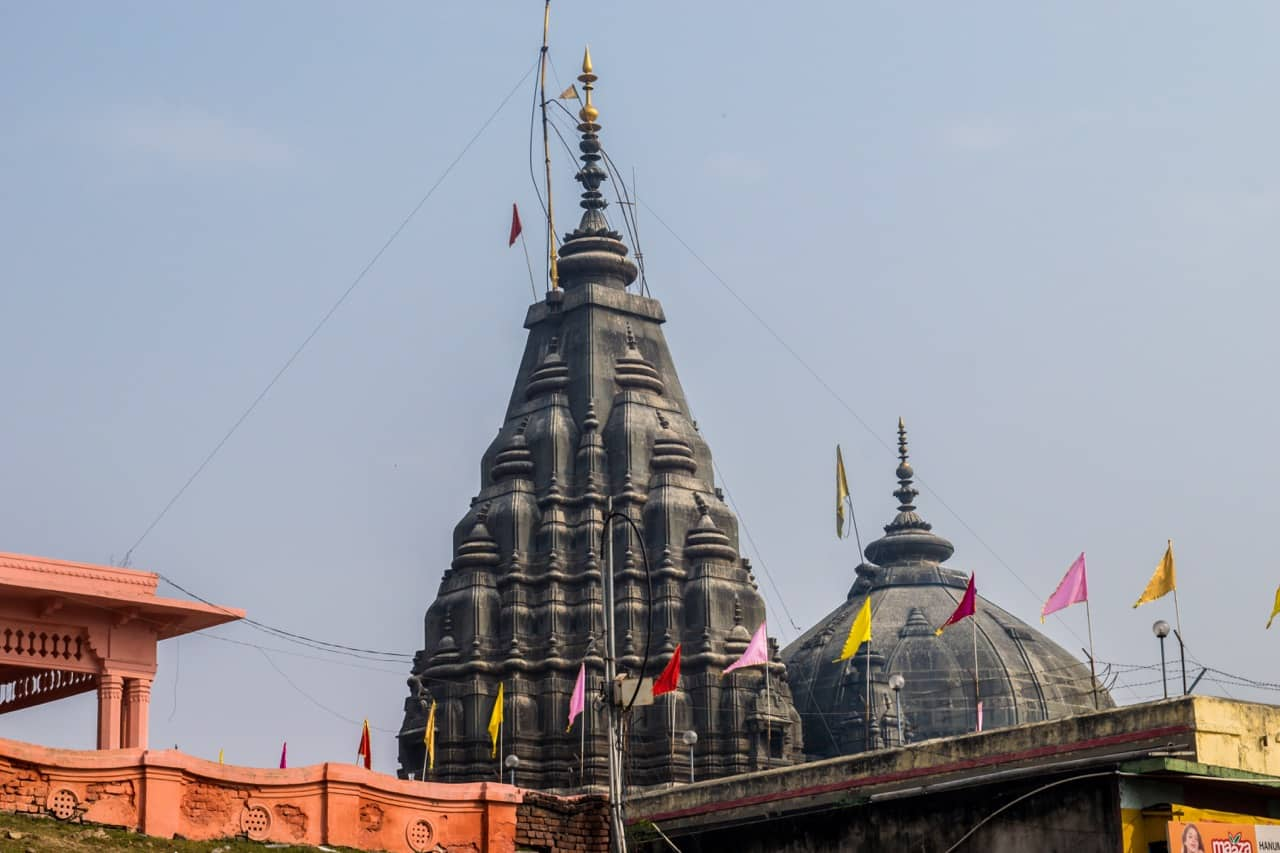
Vishnupad Temple
Exploration time: 1-2 hours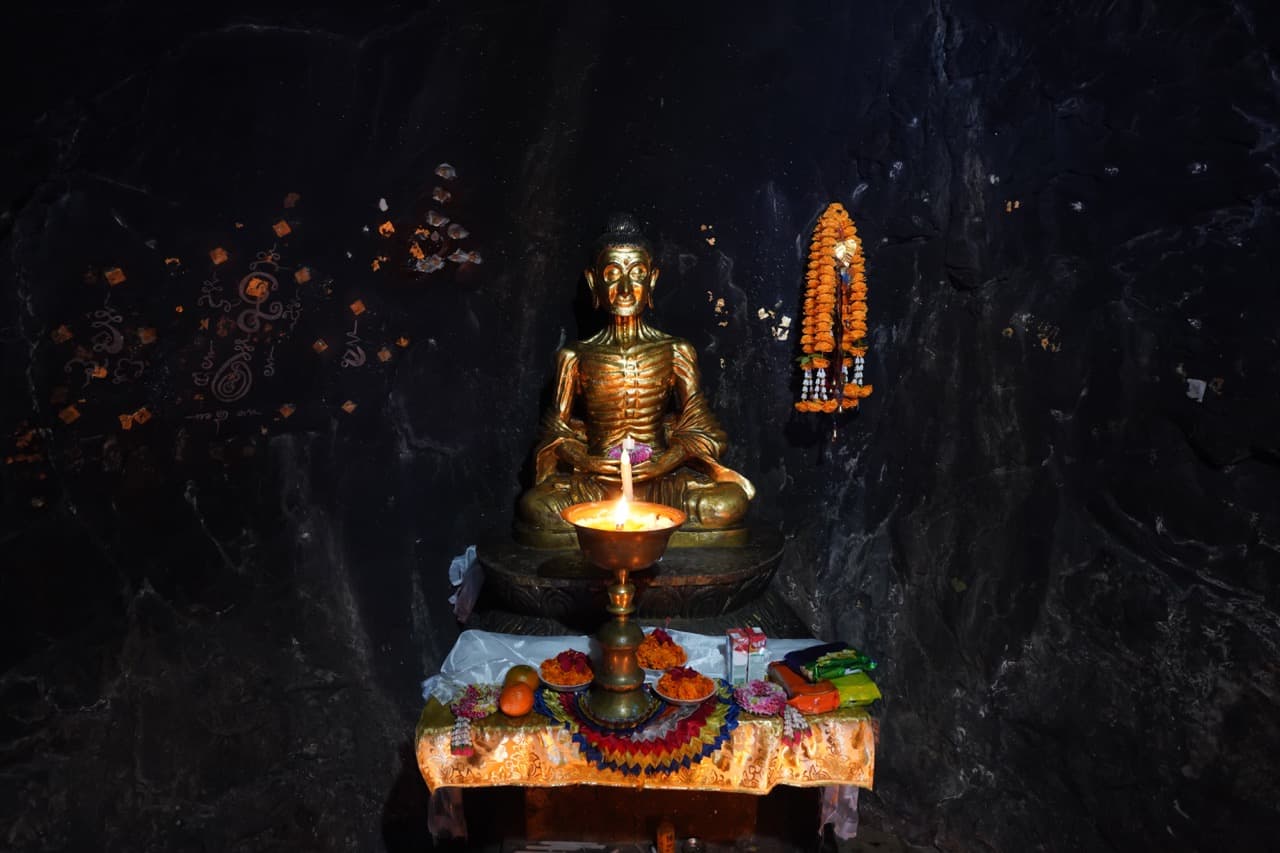
Dungeshwari Cave Temples
Exploration time: 2-3 hours (including the trek)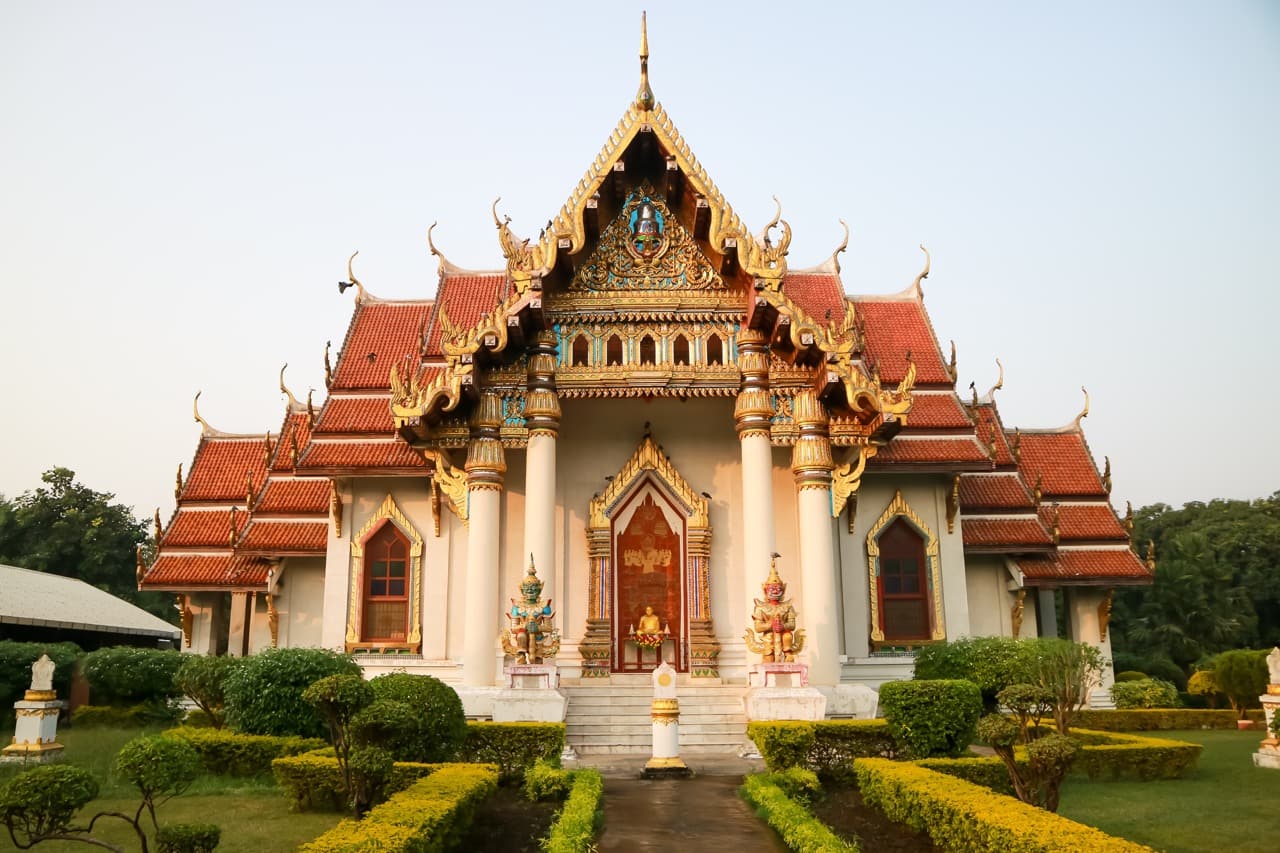
Thai Monastery
Exploration time: 1 hour, Spiritual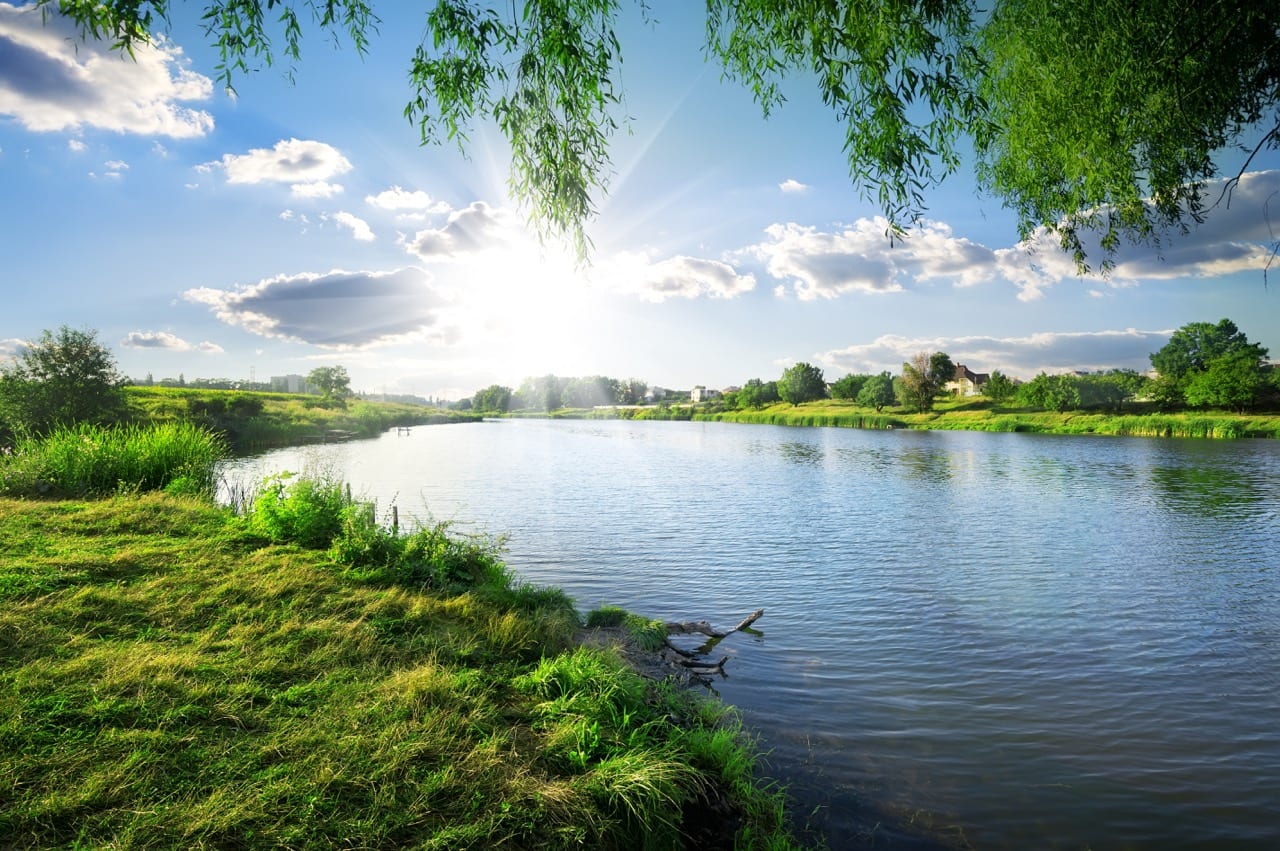
River Falgu
Exploration time: 1 hour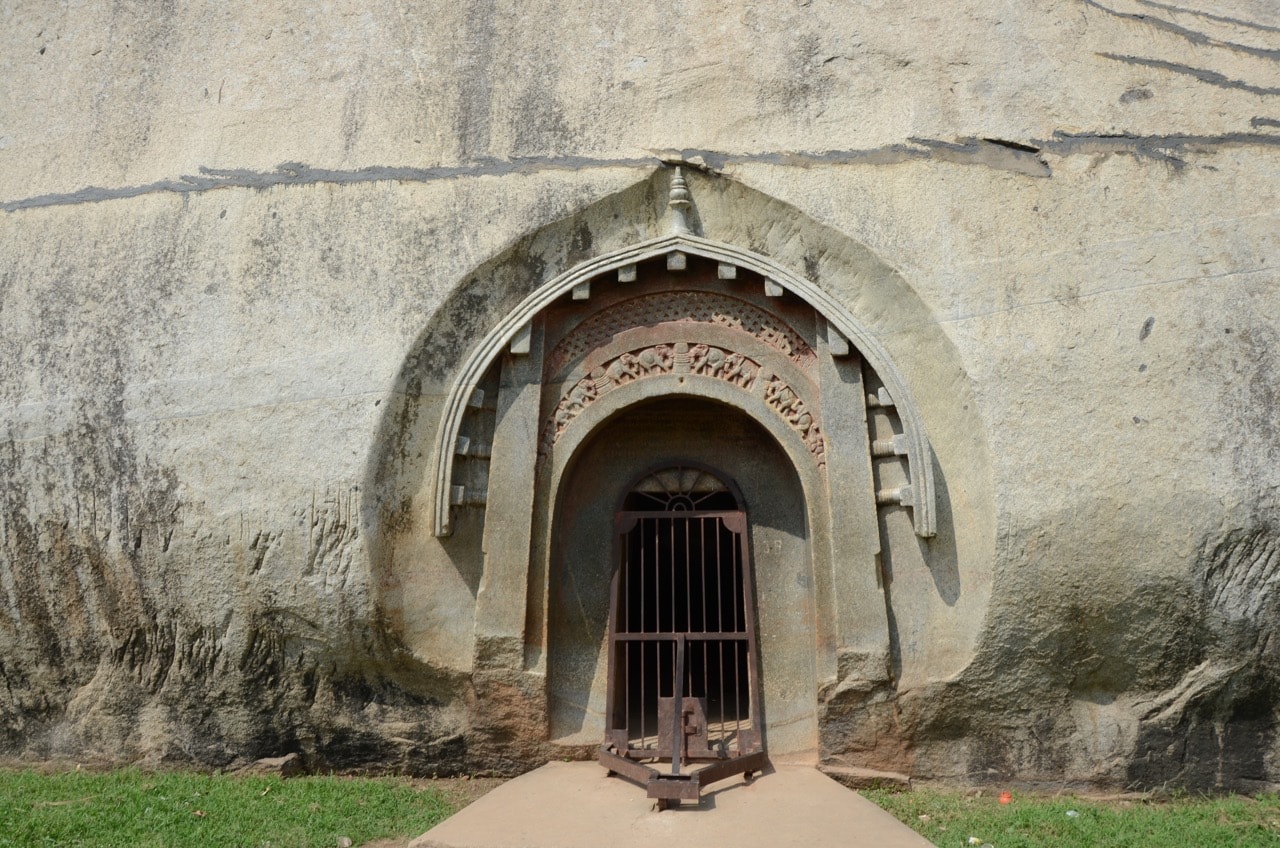
Barabar Caves
Exploration time: 2-3 hoursGaya offers a delightful culinary experience. Explore these popular eateries that capture the essence of local flavours and provide a taste of the city's gastronomic offerings.
Diu, with its serene beaches, rich history, and lively culture, offers a variety of activities for visitors to enjoy. Here are some things to do in Diu:
The best time to visit Gaya is from October to March, when the weather is pleasant for sightseeing and outdoor activities.
The primary languages spoken in Gaya are Hindi and Magahi. Additionally, English is frequently used in tourist areas and for communication with visitors.
Gaya provides diverse items for shoppers to explore and take home as souvenirs.
- Bodhgaya Market: Bodhgaya Market, located near the Mahabodhi Temple, is a hub for spiritual and religious artefacts. Visitors can find a wide range of items such as prayer beads, incense, holy books, and statues, making it an ideal place to purchase souvenirs related to Buddhism.
- Tekari Road Market: Tekari Road Market is a bustling local market where you can explore traditional crafts and local goods. From handwoven textiles to handmade jewellery, this market offers a glimpse into the vibrant culture of Gaya.
- Gaya Haat: Gaya Haat is a government-run emporium showcasing the region's rich cultural heritage. It's a place where visitors can find an array of handicrafts, textiles, and traditional items created by local artisans.
- Tibetan Refugee Market: The market offers a wide array of knick-knacks, souvenirs, crafts, fabrics, and clothes. You can also find books exploring Lord Buddha's journey here.
Gaya celebrates various festivals that hold cultural, religious, and social significance. Some of them are:
As you plan to visit Gaya, a city deeply rooted in spirituality and cultural richness, you'll find many attractions that enhance its allure. Let's explore additional reasons that make Gaya a captivating destination.
- Chinese Temple and Monastery: Visit the Chinese Temple and Monastery, a unique architectural gem that reflects the cultural exchange between India and China. The monastery showcases intricate artwork and provides a serene space for meditation and contemplation.
- Bodhgaya Multimedia Museum: Immerse yourself in the history and teachings of Buddhism at the Bodhgaya Multimedia Museum. Through interactive exhibits and audio-visual presentations, the museum offers a comprehensive understanding of the life of Lord Buddha and the significance of Bodhgaya.
- Surya Kund: Discover the spiritual significance of Surya Kund, a sacred pond near the Mahabodhi Temple. Pilgrims believe that taking a dip in the holy waters of Surya Kund purifies the soul. The serene surroundings make it a peaceful spot for reflection.
- Ramshila Hill: Climb Ramshila Hill to enjoy panoramic views of Gaya and its surroundings. In addition to being a scenic vantage point, the hill is adorned with shrines.








